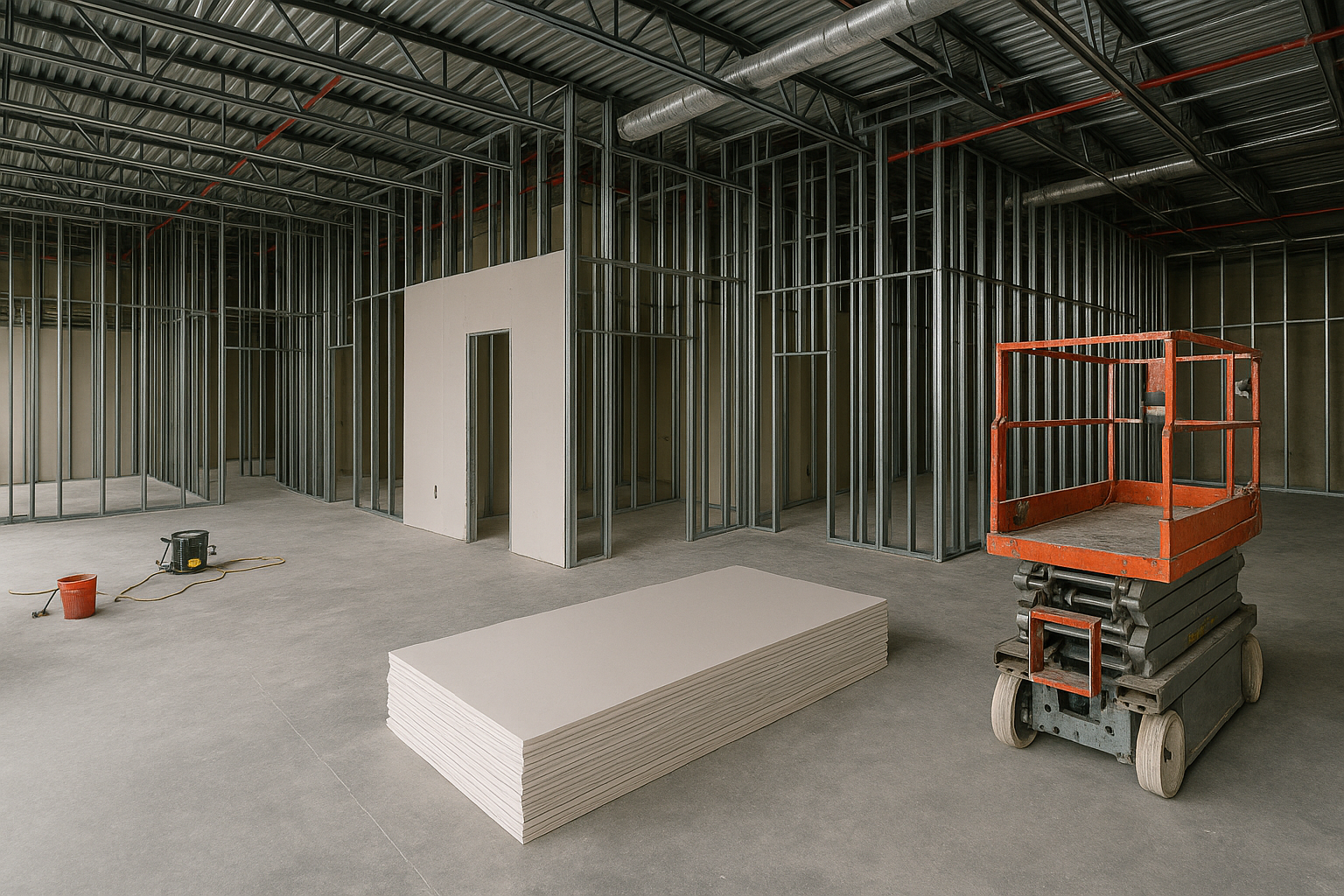
Creating a drywall cost database for repeat clients is one of the most effective ways to ensure cost certainty, streamline estimating, and deliver consistent value across projects. For architects, engineers, and general contractors managing multiple developments with the same client or developer, having a historical cost database enables smarter budgeting, faster estimate turnaround, and improved coordination. But building this database requires more than saving numbers—it requires structure, standardization, and integration into your estimating workflow.
Repeat clients often expect faster response times and more accurate pricing from their trusted construction partners. Whether it’s a real estate developer building similar multifamily units or an institutional owner overseeing multiple campuses, having prior cost data helps eliminate the guesswork from new project bids.
Benefits of building a drywall cost database include:
A comprehensive cost database should go beyond surface-level metrics and track both objective quantities and subjective cost drivers. Key data points include:
To ensure your drywall cost data is actionable, it must be categorized and version-controlled. Group costs by:
Use metadata tagging to capture project-specific conditions that might influence productivity or costs, such as weather exposure, delivery constraints, or framing tolerances.
Building a structured drywall cost database from scratch is time-consuming—but it’s made significantly easier with the right tools. A platform purpose-built for drywall estimating can automate much of the data capture, organization, and analytics needed to transform raw project history into reusable knowledge.
Instead of manually recreating takeoffs or relying on memory, estimators can query historical jobs, filter by wall type or project complexity, and instantly apply relevant cost assumptions to a new estimate.
Active Estimating enables teams to standardize and store cost data in a modular format—ready for reuse on future jobs. The platform supports version-controlled estimate libraries, detailed production tracking, and seamless integration with existing systems like Excel, QuickBid, or BIM models.
With historical costs tied to project context and updated in real time, estimators can:
Creating a drywall cost database for repeat clients isn't just about saving time—it’s about building a foundation of trust and predictability. By capturing, structuring, and leveraging historical data across projects, you can bid more competitively, reduce risk, and establish yourself as a true partner to long-term clients. With the right tools and approach, your data becomes more than a record of the past—it becomes a strategic advantage for the future.
Schedule a personalized demo to see how Active Estimating can work for your specific needs.
